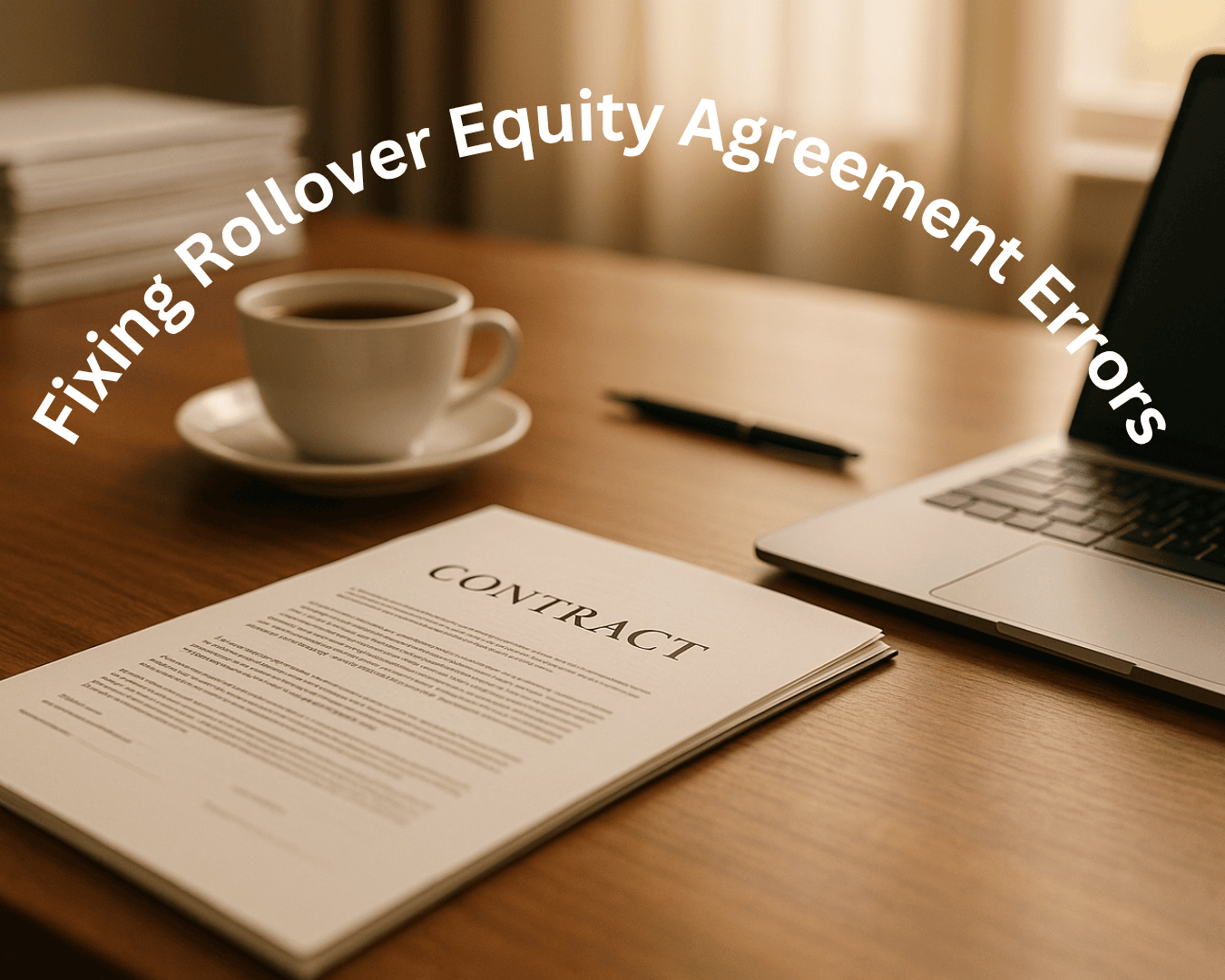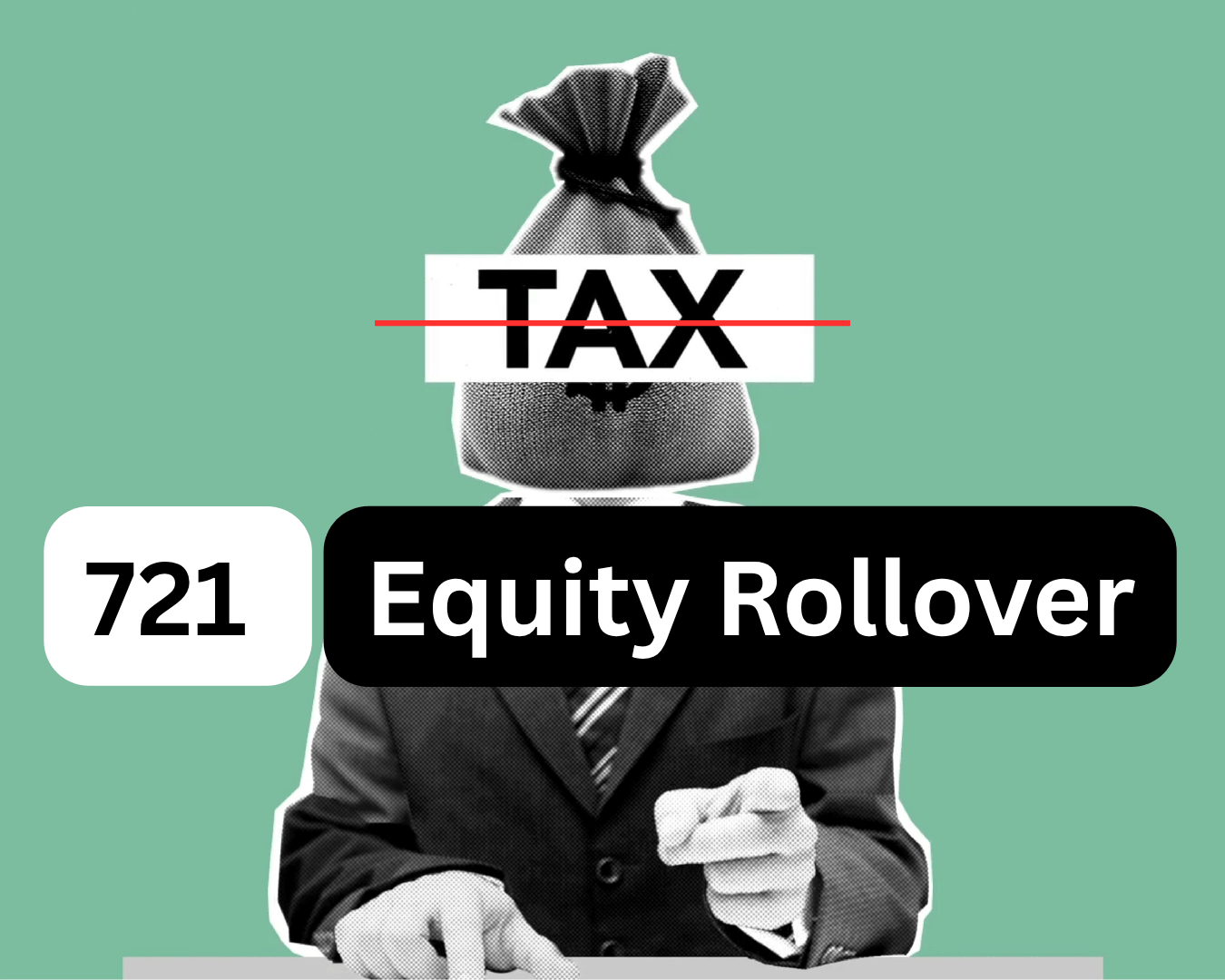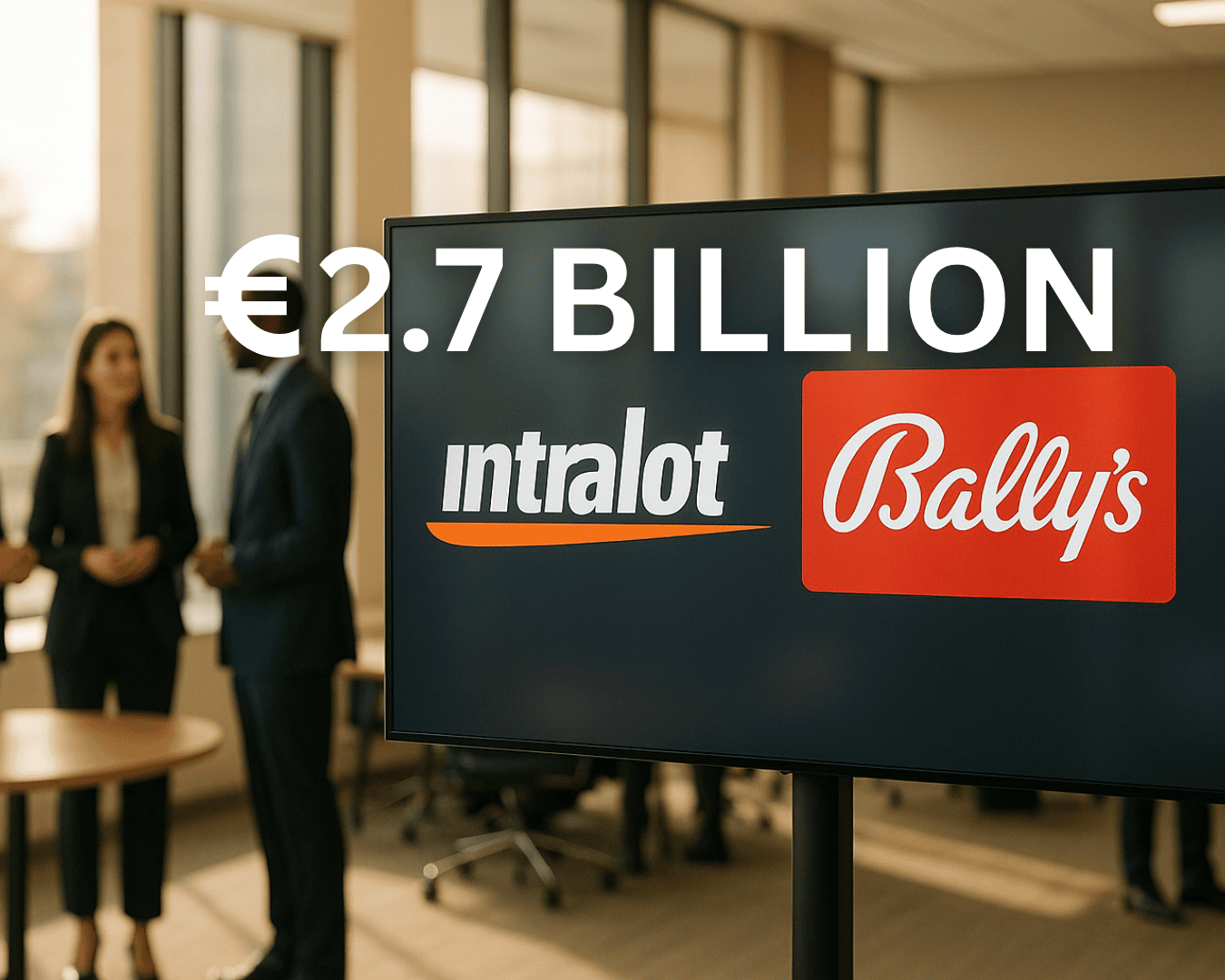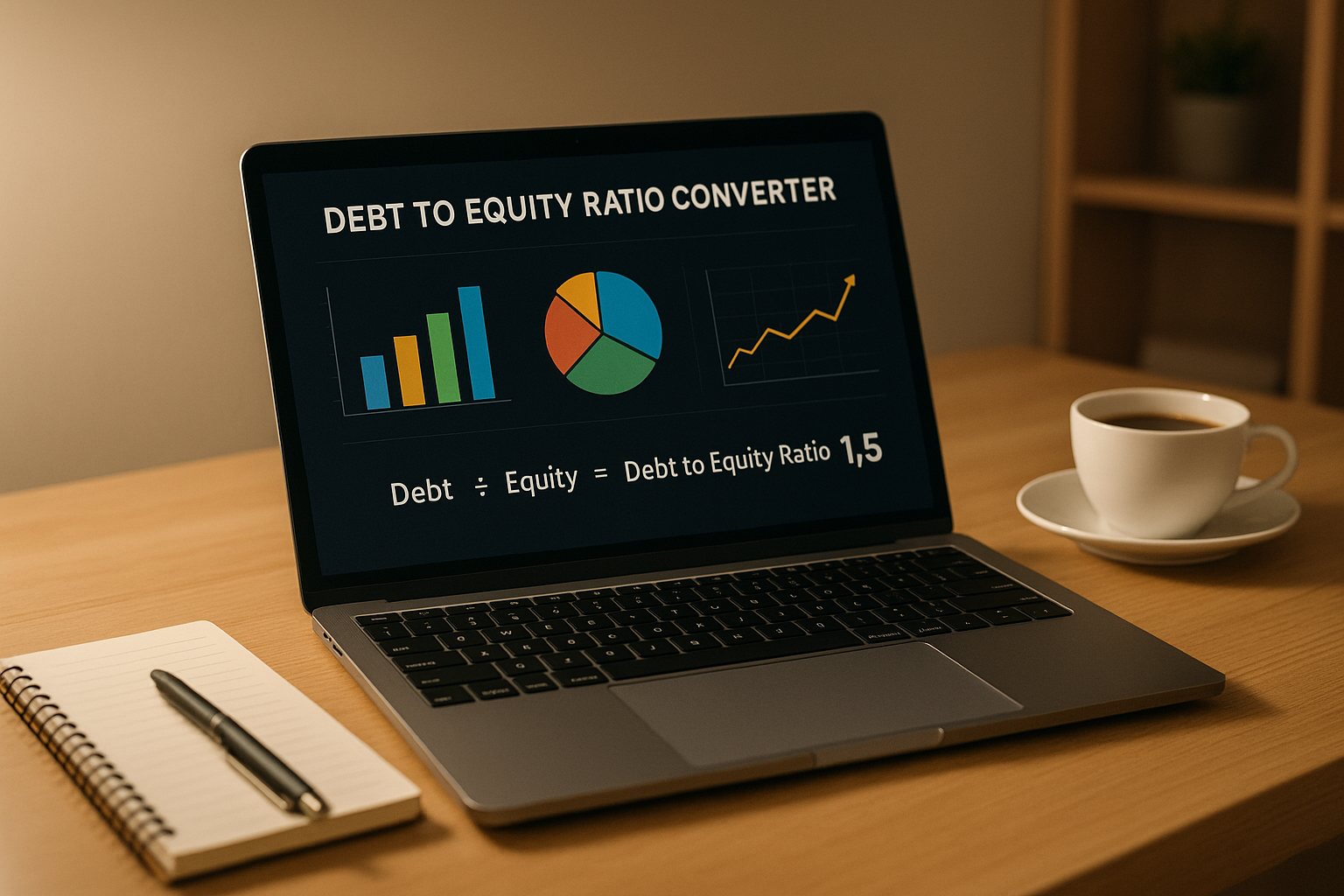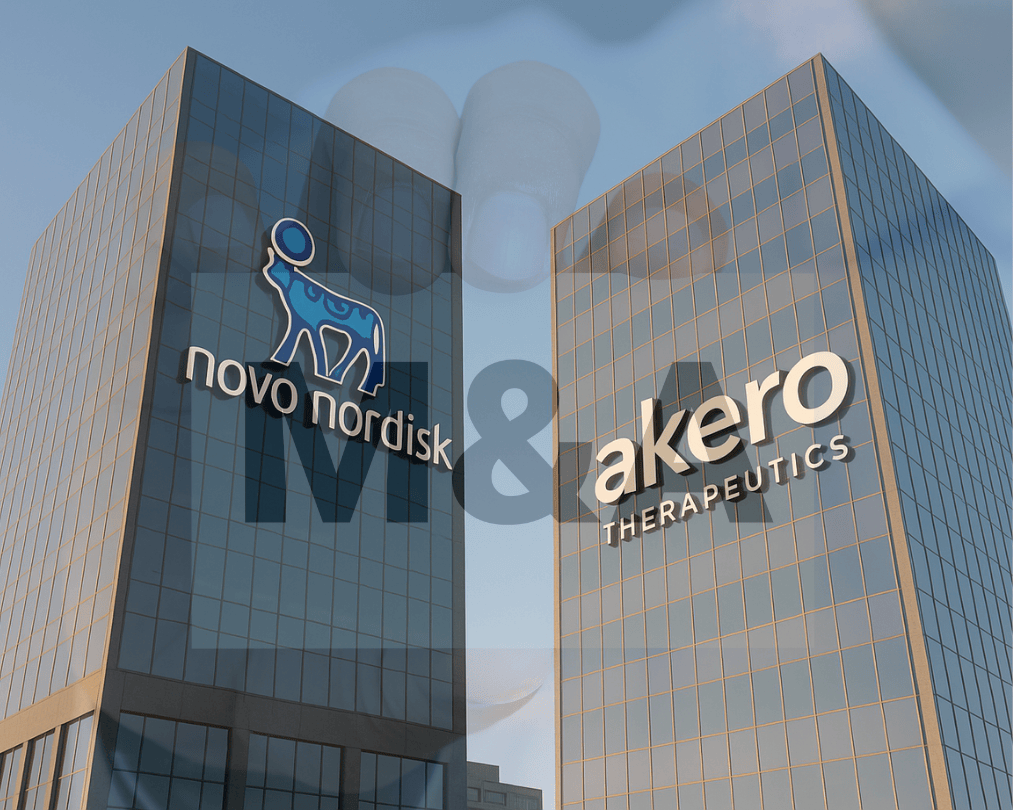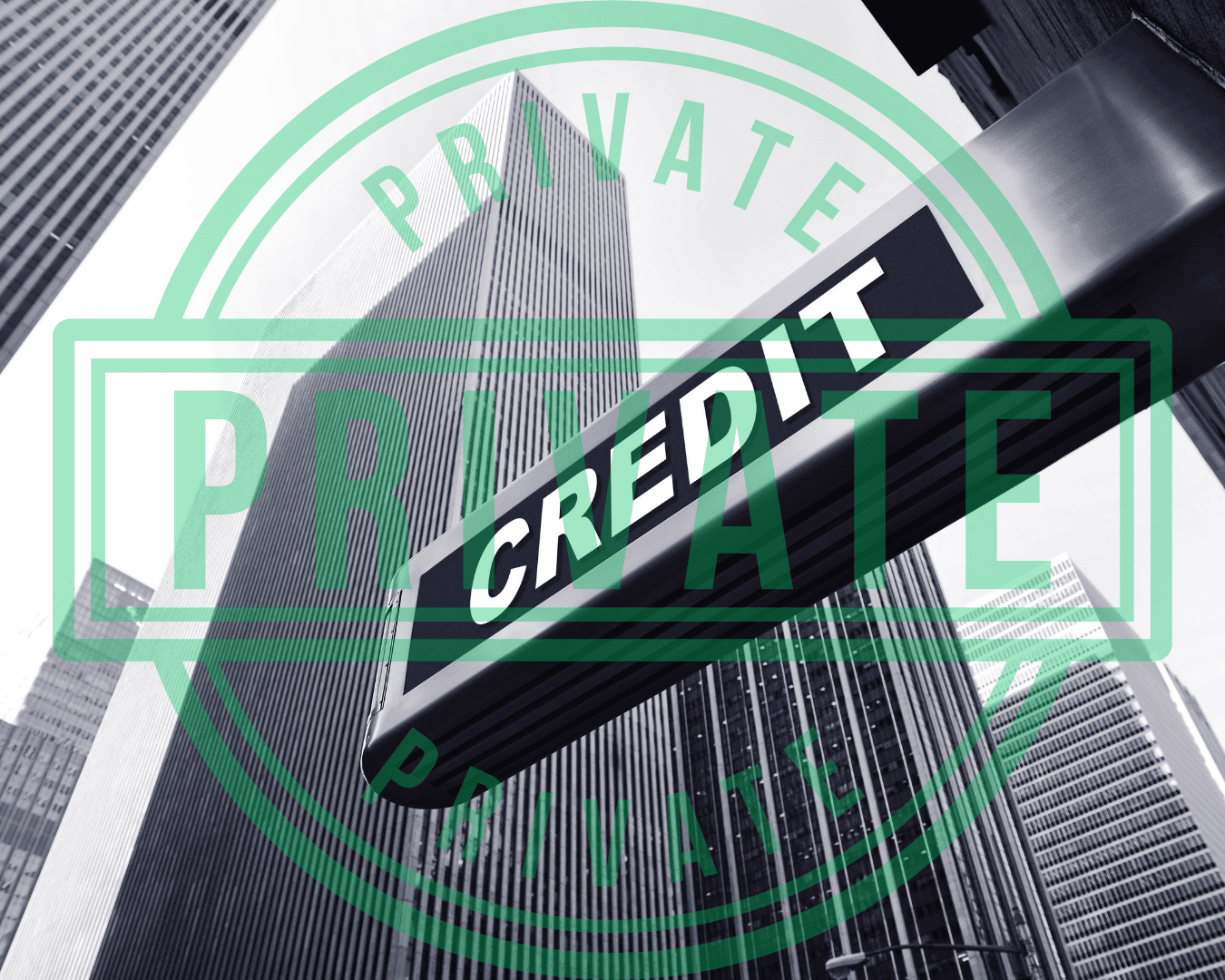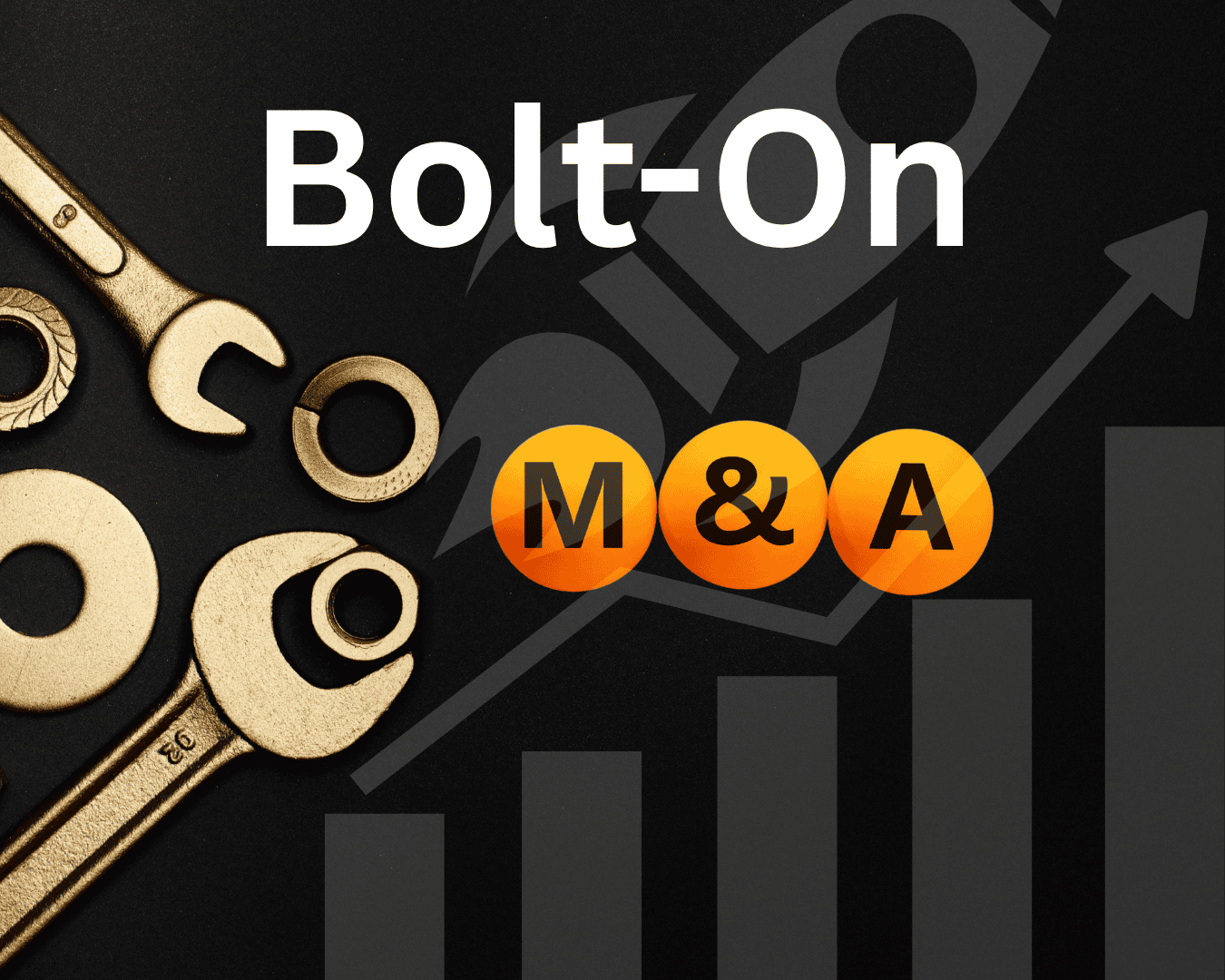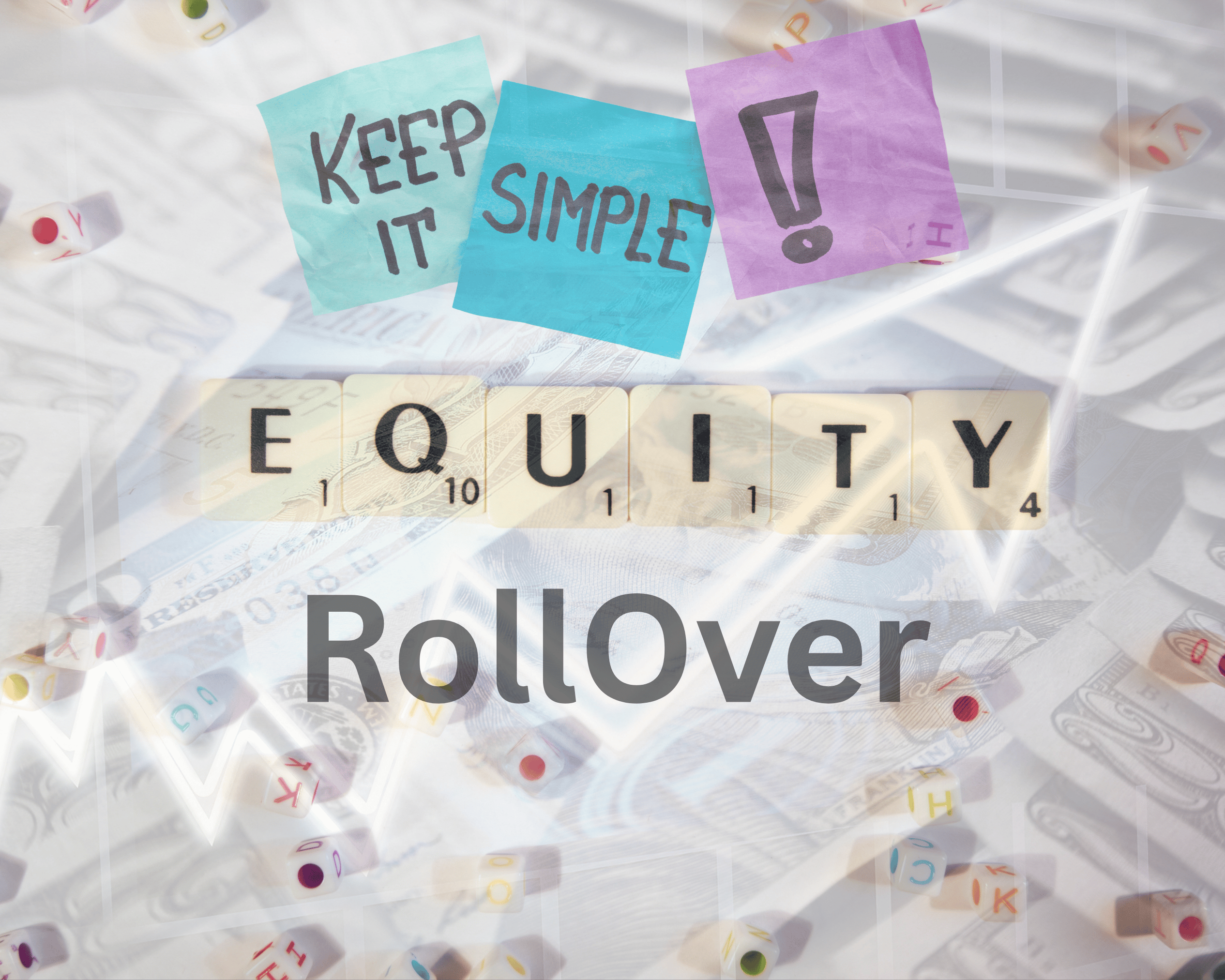In an evolving entrepreneurial landscape, the path to funding is no longer a one-size-fits-all venture capital (VC) journey. With the VC model often excluding businesses that don’t fit the high-risk, high-reward mold, many entrepreneurs are discovering alternative funding pathways like grants, non-dilutive funding, and even bootstrapping to bring their visions to life.
In this article, we’ll explore key insights from a discussion featuring Caitlyn from Anguard Consulting, Jod from Tractor Ventures, and Susan from Laundry Lady, as they dissect the benefits, challenges, and strategies associated with alternative funding options. Whether you’re a founder, business operator, or acquisition-minded investor, understanding how these funding sources work could provide the leverage your business needs to thrive.
Why Alternative Funding Matters
Traditional VC funding operates under a "power law" approach, where a single exponential success is expected to return the majority value in a portfolio. However, this leaves many viable startups underserved, particularly those with smaller total addressable markets (TAM) or more sustainable growth ambitions.
Alternative funding methods offer more diverse, flexible, and founder-friendly options, allowing businesses to retain autonomy and ownership while accessing the financial support needed to grow. As Caitlyn aptly puts it, "Grants and non-dilutive funding can be a great solution if they’re part of a broad strategic plan and diversified revenue strategy - but they are not a silver bullet."
Understanding the Key Alternative Funding Options
1. Grants: A Strategic Boost for the Right Business
Grants are a popular funding choice, but they are often misunderstood as "free money." Caitlyn, a grant writing expert, clarified that while grants don’t require repayment, they come with their own set of challenges, including strict application processes, accountability, and reporting requirements.
How to Find Grants:
- Government Portals: Visit federal and local government websites like business.gov.au or state-specific portals (e.g., LaunchVic, Advance Queensland).
- Council Grants: Check local councils for small business grants.
- Private Company Grants: Large corporates like Xero and Coles occasionally offer grants for startups and small businesses.
- Newsletters: Subscribe to industry newsletters for updates on new grants.
Who Should Pursue a Grant?
Grants work best for businesses that align their strategic goals with the grant’s objectives. For example, if you’re an export-focused company, consider applying for the Export Market Development Grant (EMDG). However, Caitlyn advises founders to avoid "mission drift", where businesses chase funding that doesn’t align with their core objectives simply because it’s available.
Effort vs. Reward:
Smaller grants (under $5K) typically require less effort but may not move the needle for larger-scale projects. Larger grants ($100K+) often demand robust strategy alignment, narrative framing, and detailed reporting but can provide transformative financial support.
2. Non-Dilutive Funding: Flexible Debt-Based Solutions
Non-dilutive funding, primarily in the form of debt, allows founders to access capital without giving up equity. Jod, co-founder of Tractor Ventures, highlighted how their lending model is tailored to support businesses that value control and sustainability over rapid scaling.
Key Non-Dilutive Funding Types:
- Term Loans: 3-month to 5-year loans ranging from $100K to $3M, ideal for growth-related expenses.
- Lines of Credit: Access up to 75% of your approved line without upfront withdrawal obligations.
- R&D Financing: Unlock government R&D refunds in advance to maintain cash flow.
- Inventory Advances: Finance inventory purchases or manufacturing workflows.
Who Qualifies for Tractor Ventures’ Funding?
- Businesses generating $50K+ in monthly revenue.
- Companies with scalable unit economics and a clear growth trajectory.
- Founders operating within Australia or New Zealand.
Why Choose Debt Over Equity?
Debt-based funding ensures founders retain ownership while accessing needed capital. Jod underscored that unlike equity investors, debt lenders don’t expect 400% returns, making it an attractive option for businesses focused on profitability and sustainable scaling.
3. Bootstrapping: Building with What You Have
Susan’s journey with Laundry Lady serves as a testament to the resilience and ingenuity required for bootstrapping a business. Starting with zero external funding, she reinvested every dollar earned back into the business. Over time, Laundry Lady scaled to $6M in revenue before taking on external funding.
The Challenges of Bootstrapping:
- Slow Growth: Without external capital, growth often occurs incrementally.
- Personal Sacrifice: Susan recounted years of working a full-time job while managing her startup as a side hustle.
- Limited Resources: Every dollar counts, making financial discipline critical.
The Payoff:
Bootstrapping fosters a deep understanding of your business and its financials. It also preserves equity, allowing founders to retain significant ownership when eventually seeking external funding. Today, Susan still controls 90% of her business despite raising $1M, thanks to her early bootstrapping efforts.
Balancing Funding Options
Founders should think strategically about when to pursue each funding type. Susan’s approach of layering bootstrapping with grants and eventually angel investment showcases the importance of timing. For example, she leveraged grants to develop her platform early on but waited until her business was generating consistent revenue before raising external capital.
Jod emphasized that founders must avoid the common mistake of focusing solely on securing VC funding, which is often unsuitable for businesses with a service-heavy or scalable-but-steady growth model. Instead, prioritize funding sources that align with your business’s stage, structure, and goals.
Lessons Learned: Navigating the Challenges
The panelists shared candid advice on overcoming common funding obstacles:
- Grants Are Not Always the Answer: Grants take time and may steer you away from your core mission. Caitlyn recommended treating them as part of a diversified strategy, not a primary funding source.
- Beware of Dilution: Jod advised founders to be mindful of the cumulative impact of equity dilution, especially in early funding rounds. Try to limit initial equity sales to below 10%.
- Investor Fit Matters: Susan highlighted the importance of targeting investors who align with your business’s mission and values. Not all investors are the right fit, and trying to please everyone can be a massive time drain.
- Alternative Doesn’t Mean Easy: Both Susan and Jod noted that alternative funding methods require just as much strategy and effort as traditional VC funding.
Key Takeaways
- Grants: Target grants that align with your strategy and business stage. Always check eligibility and assessment criteria. Be prepared for detailed reporting.
- Non-Dilutive Funding: Explore debt-based funding if you generate consistent revenue and want to retain equity. Look into term loans, lines of credit, or R&D financing.
- Bootstrapping: Build with what you have before seeking external funding. Bootstrapping forces financial discipline and preserves ownership.
- Investor Fit: Focus on investors who align with your mission and values. Avoid wasting time on those who don’t.
- Dilution Awareness: Protect your equity in early funding rounds; avoid over-dilution that could hinder future opportunities.
- Timing is Key: Identify the right time for each funding source based on your business needs and growth stage.
- Plan for the Long Game: Funding is not just about securing capital - it’s about sustaining and growing your business strategically.
Conclusion
For entrepreneurs, finding the right funding path is as much about timing and strategy as it is about capital. Whether it’s leveraging grants, exploring non-dilutive funding, or bootstrapping from scratch, the key is to remain focused on your business’s core mission while balancing the trade-offs of each funding option.
By approaching funding with a clear plan and a willingness to adapt, founders can build resilient, scalable businesses - whether they’re tractors or rocket ships.
Source: "Alternative Sources of Capital Strategies, Trade Offs, and Founder Insights" - Cake Equity, YouTube, Jan 1, 1970 - https://www.youtube.com/watch?v=TEhuFpimnfQ
Use: Embedded for reference. Brief quotes used for commentary/review.








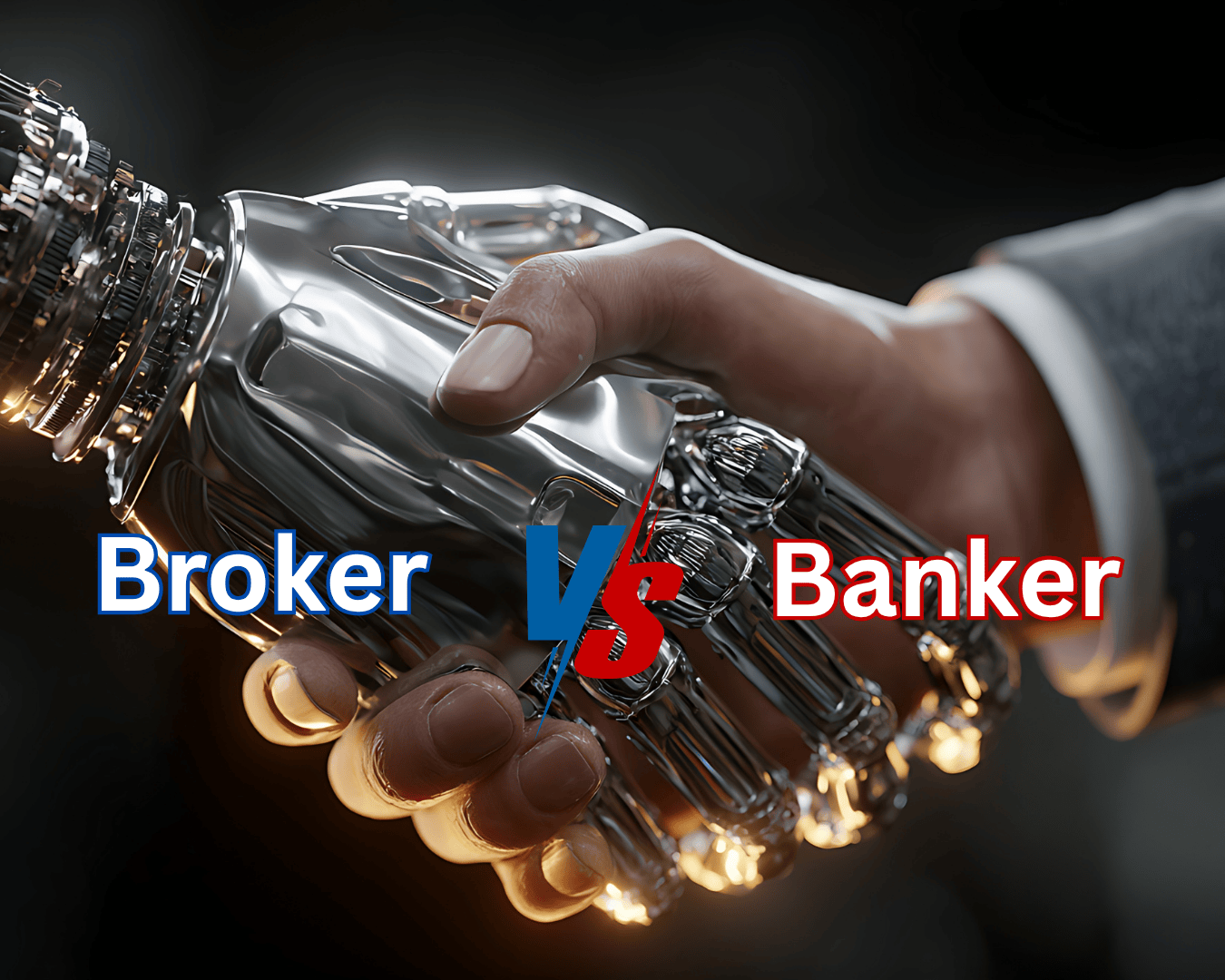
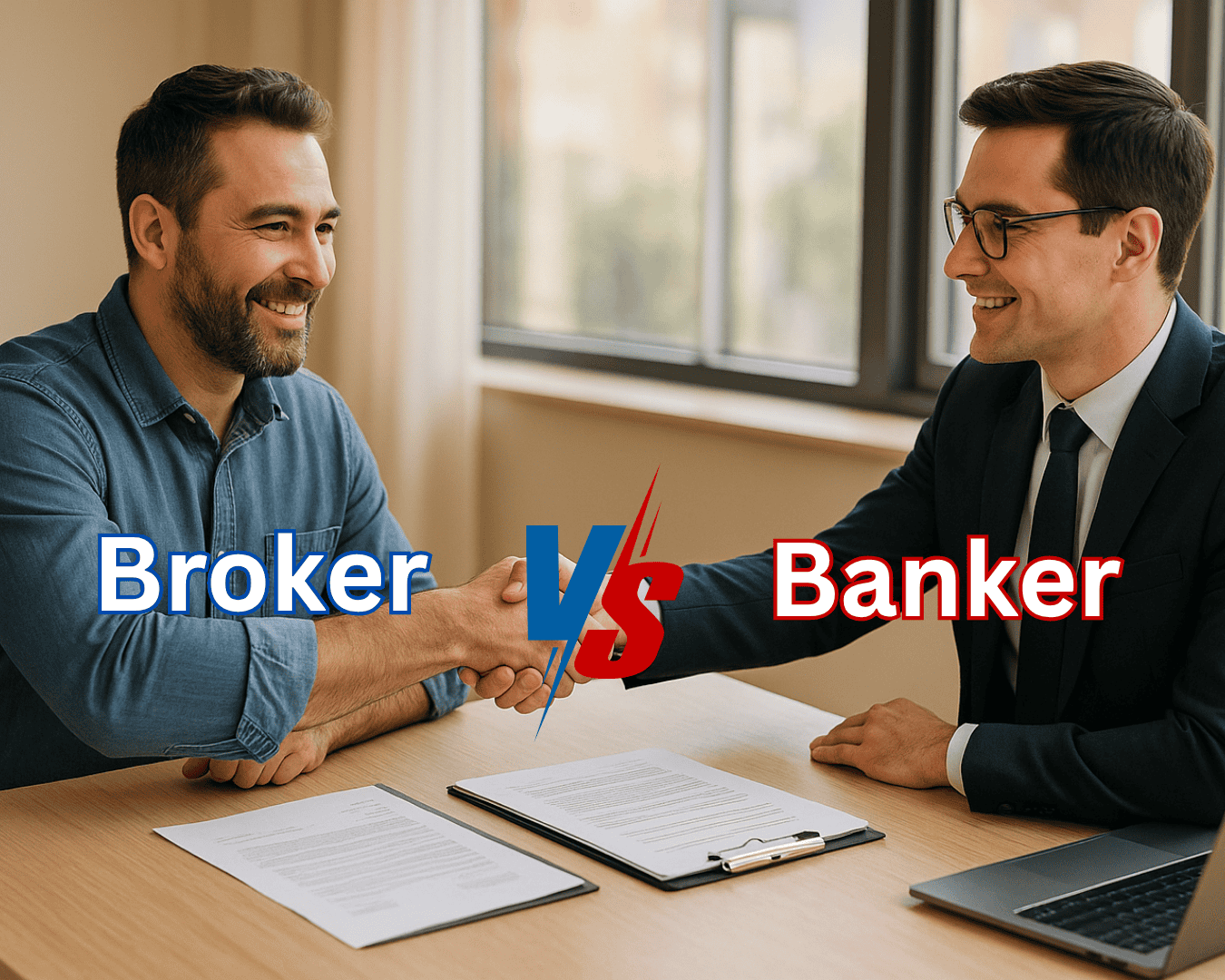



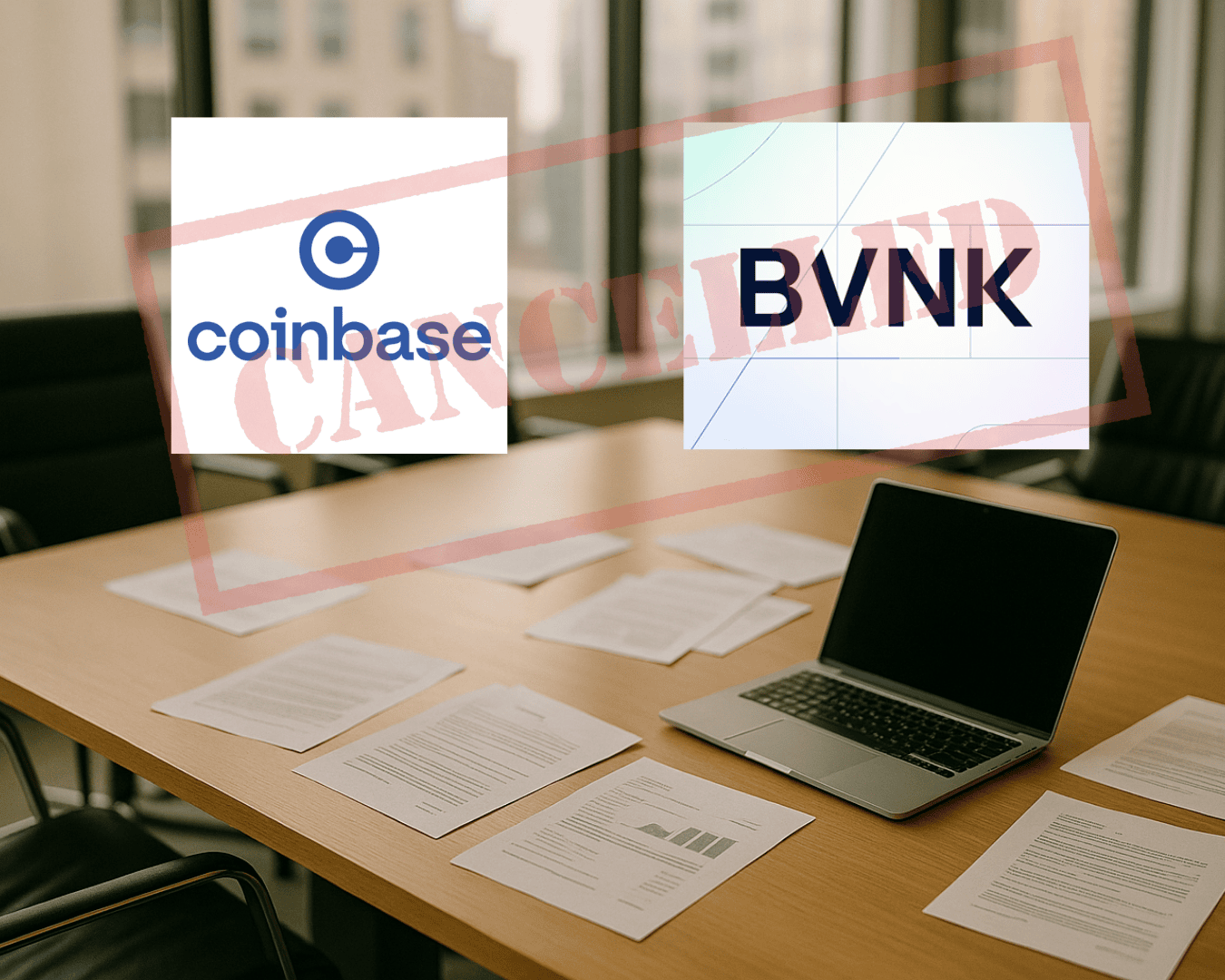









.png)




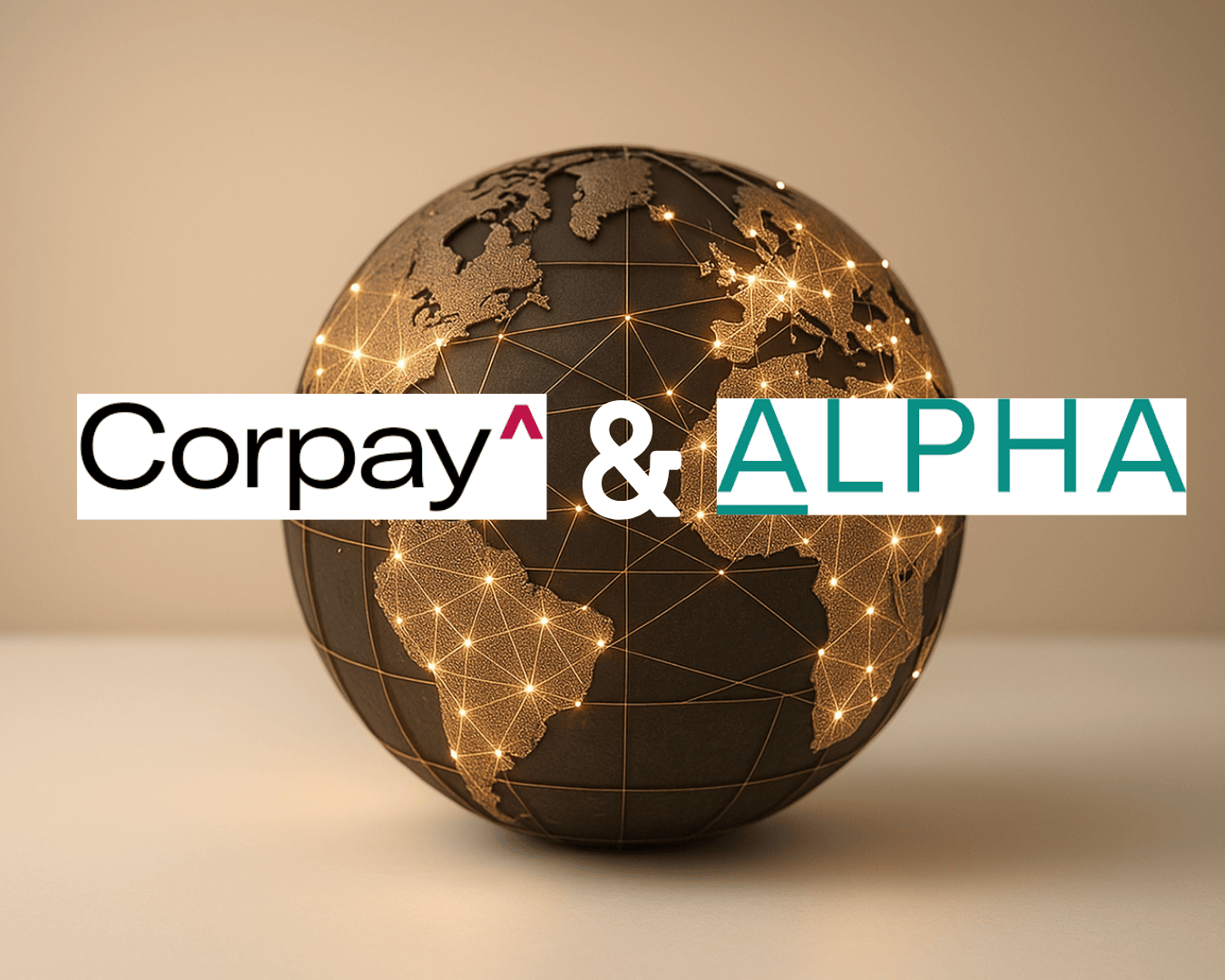























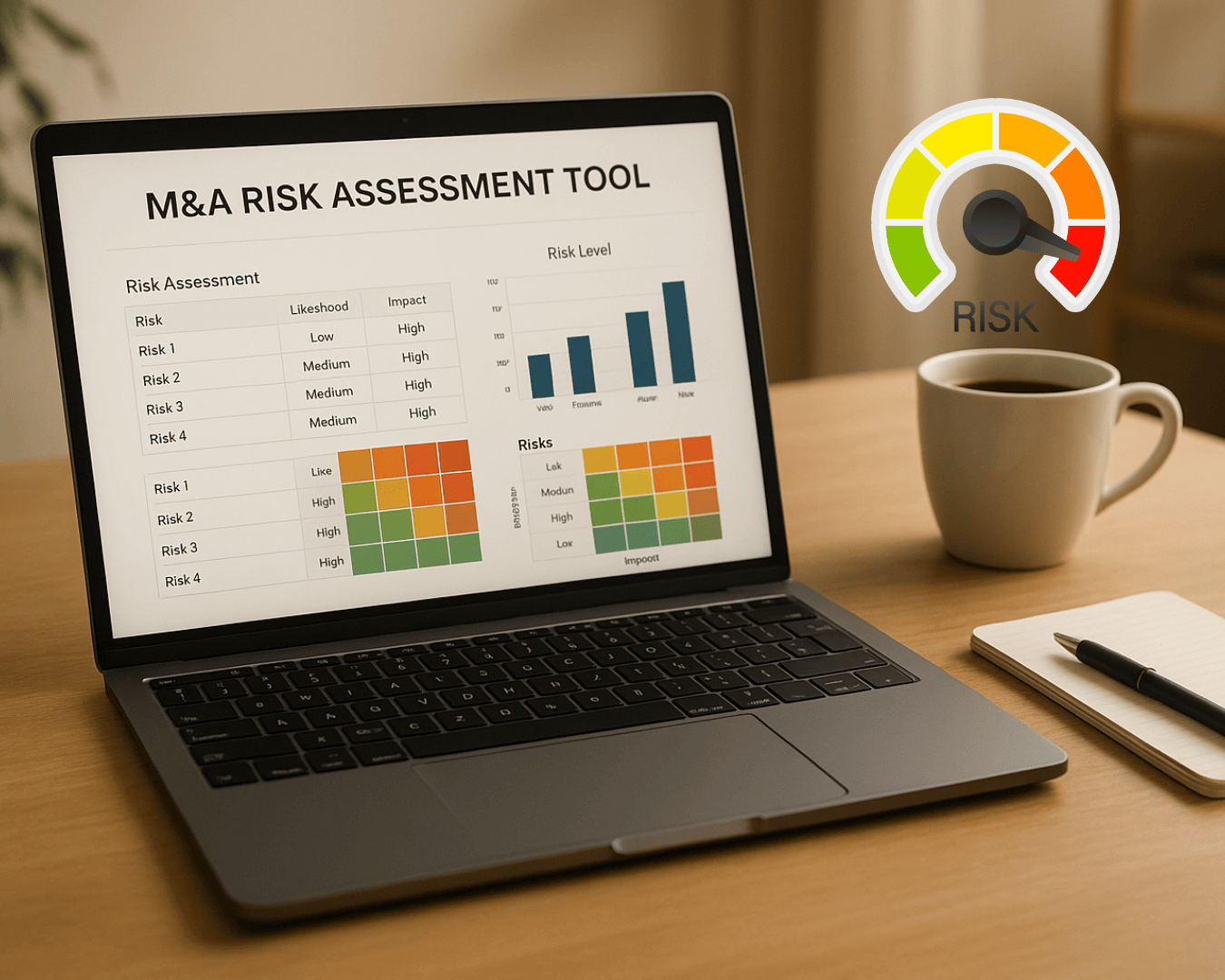











%20Loan%20Application%20Checklist.png)
